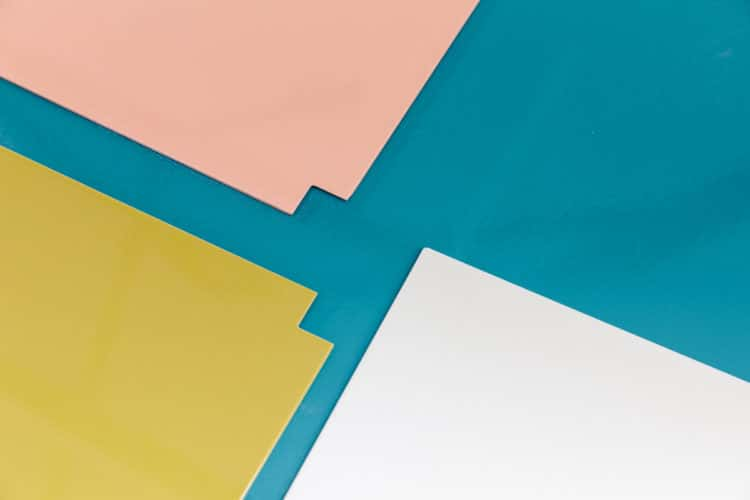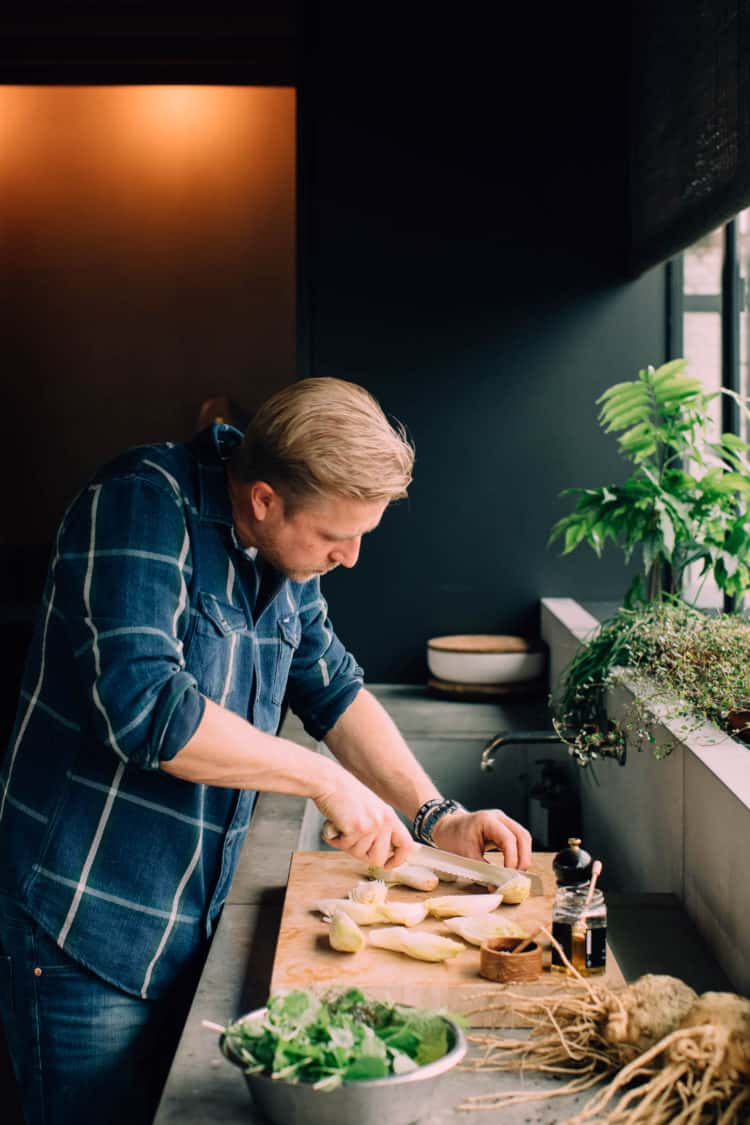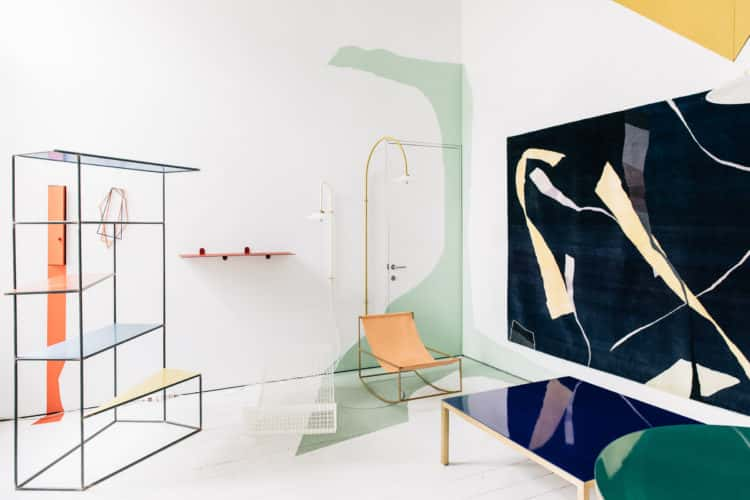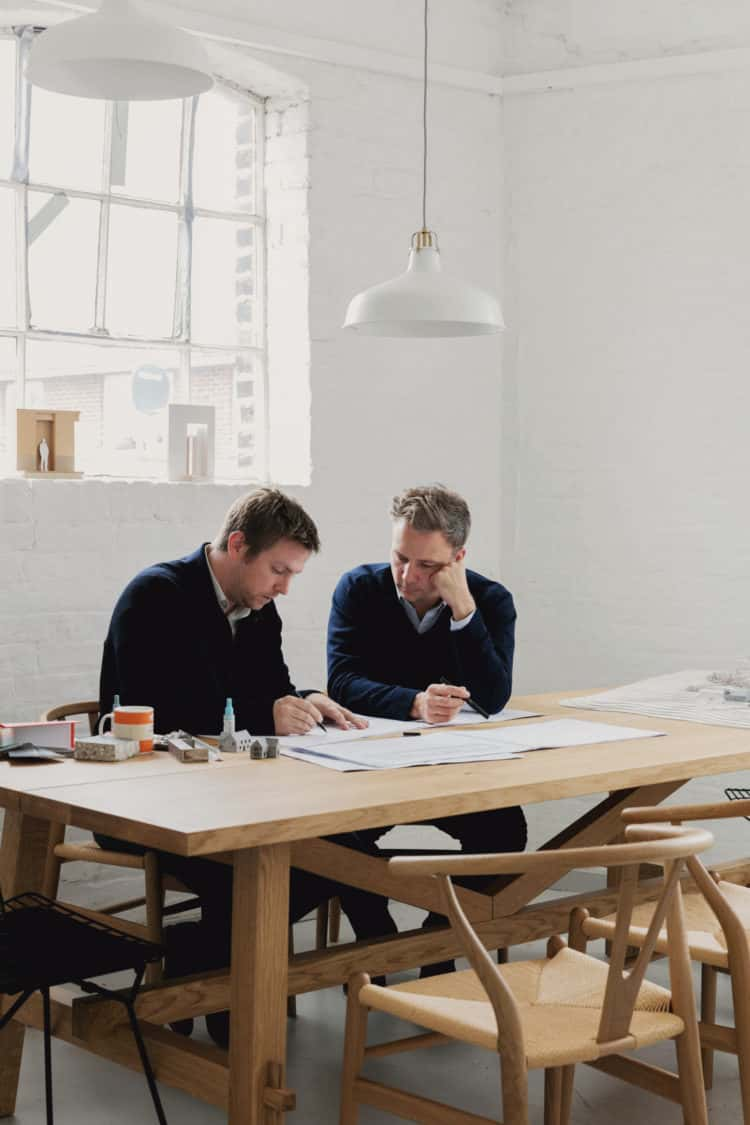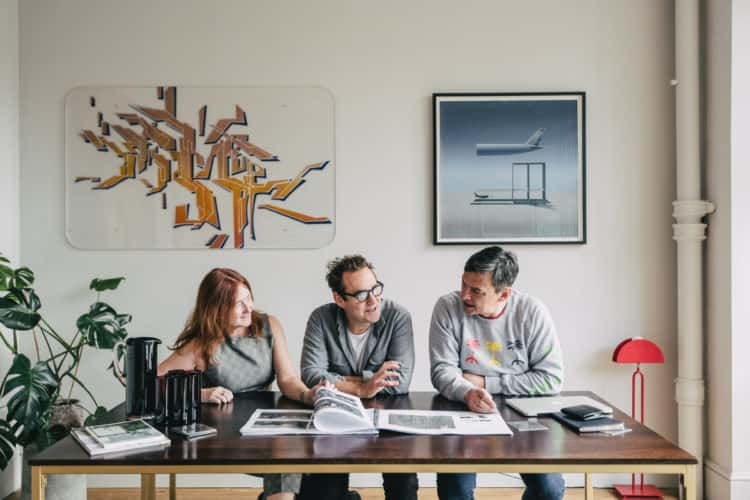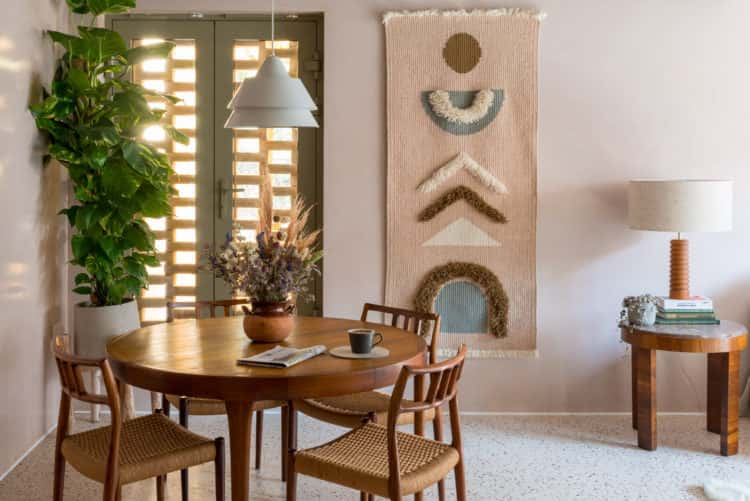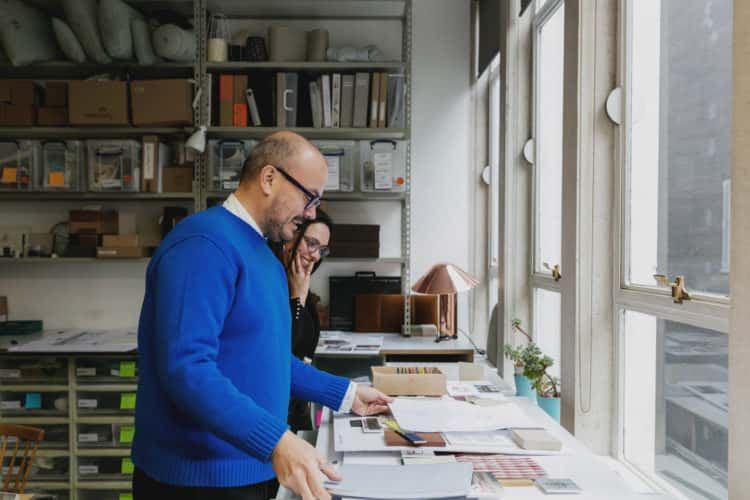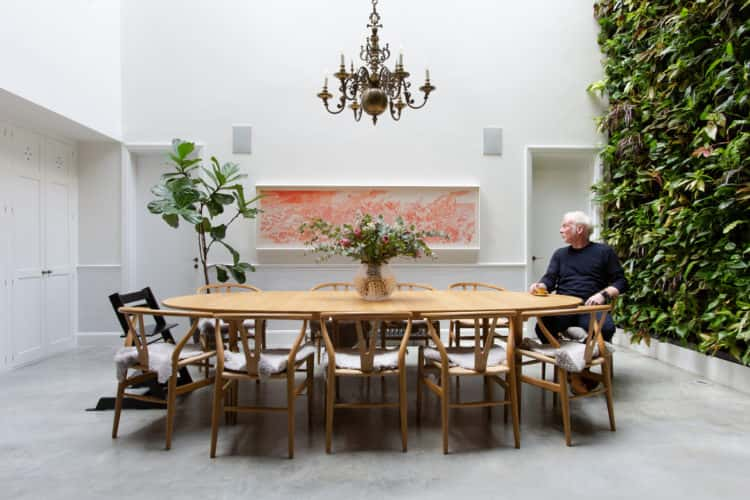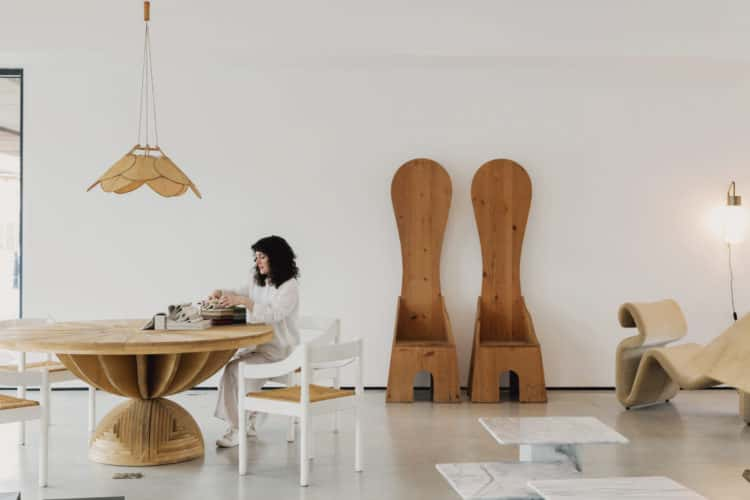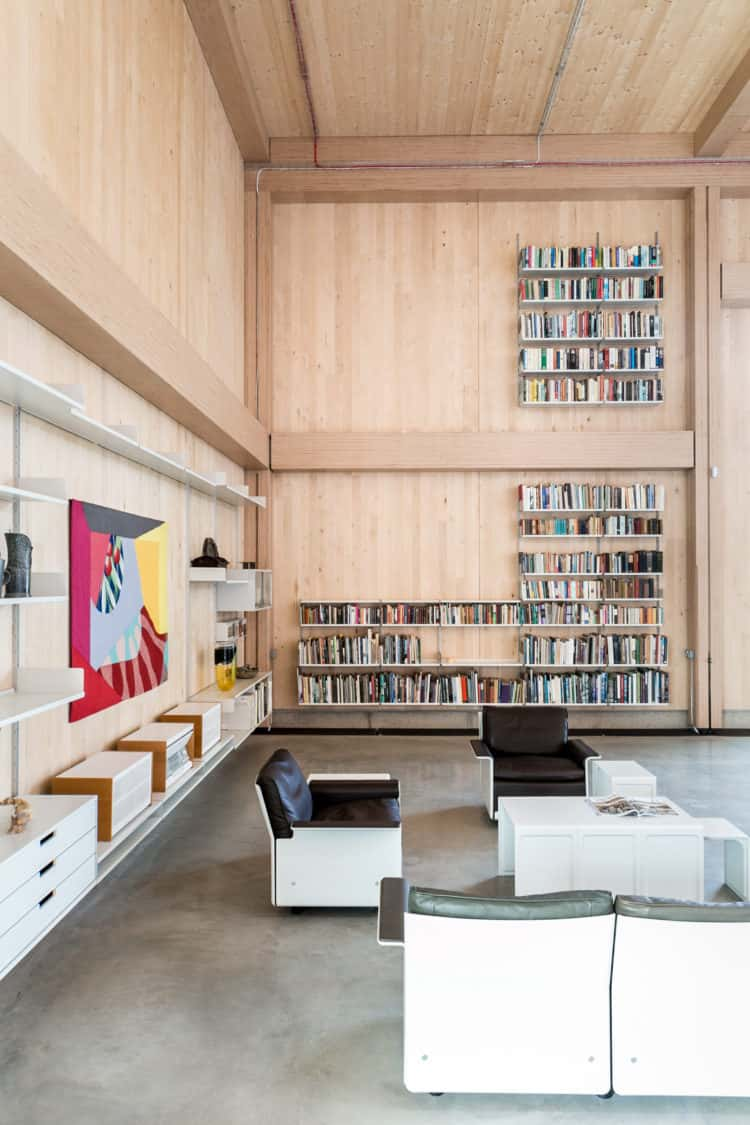A to Z of Modern Living: Fien and Hannes of Muller van Severen on the personality of objects, layering an interior and working with colour at their home and studio in Ghent
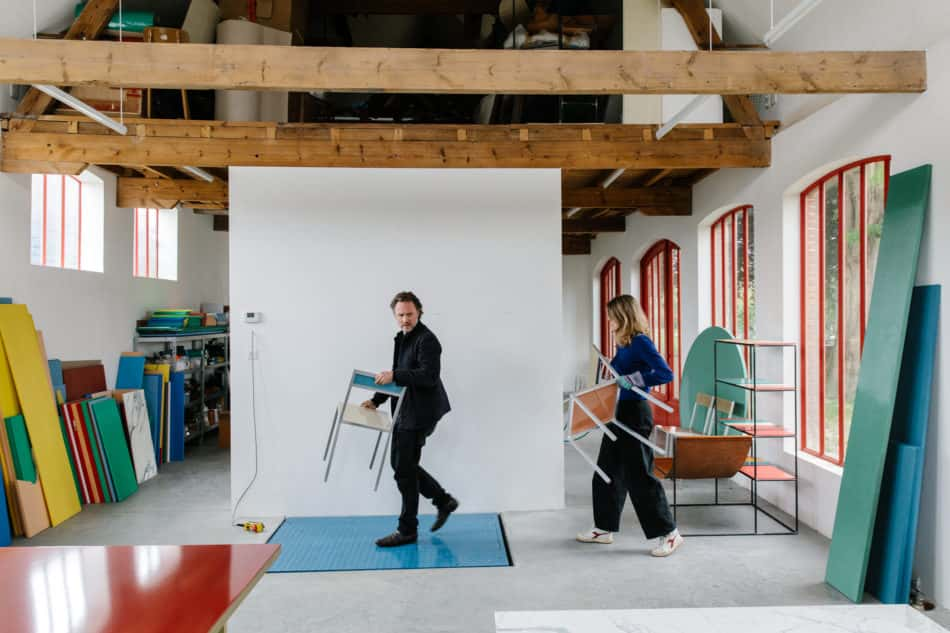
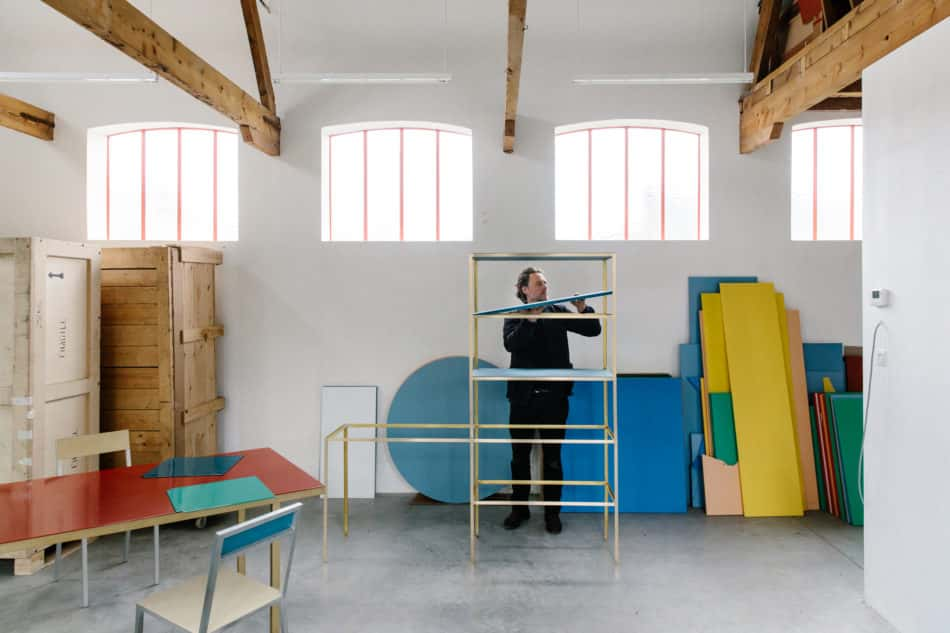
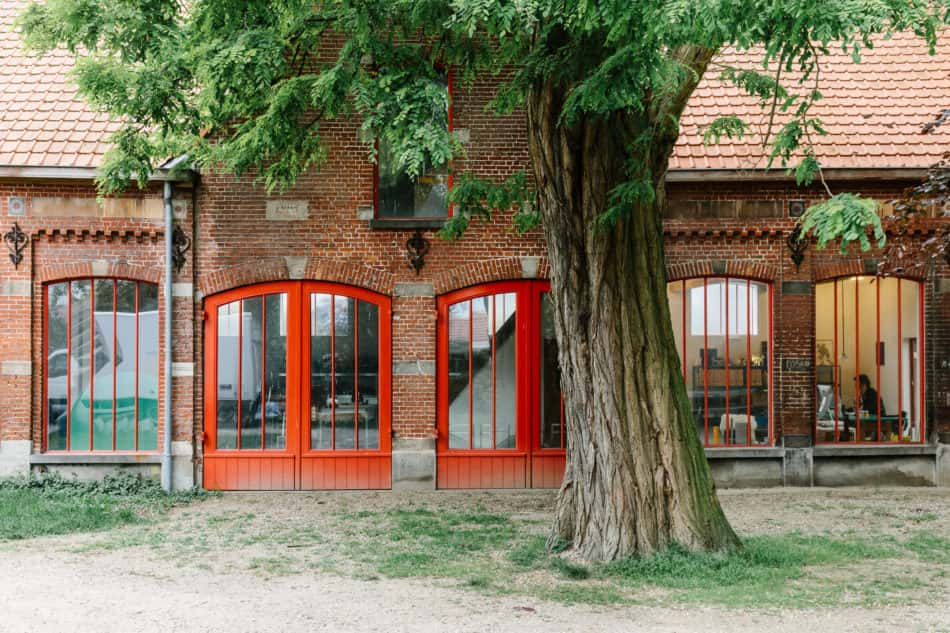
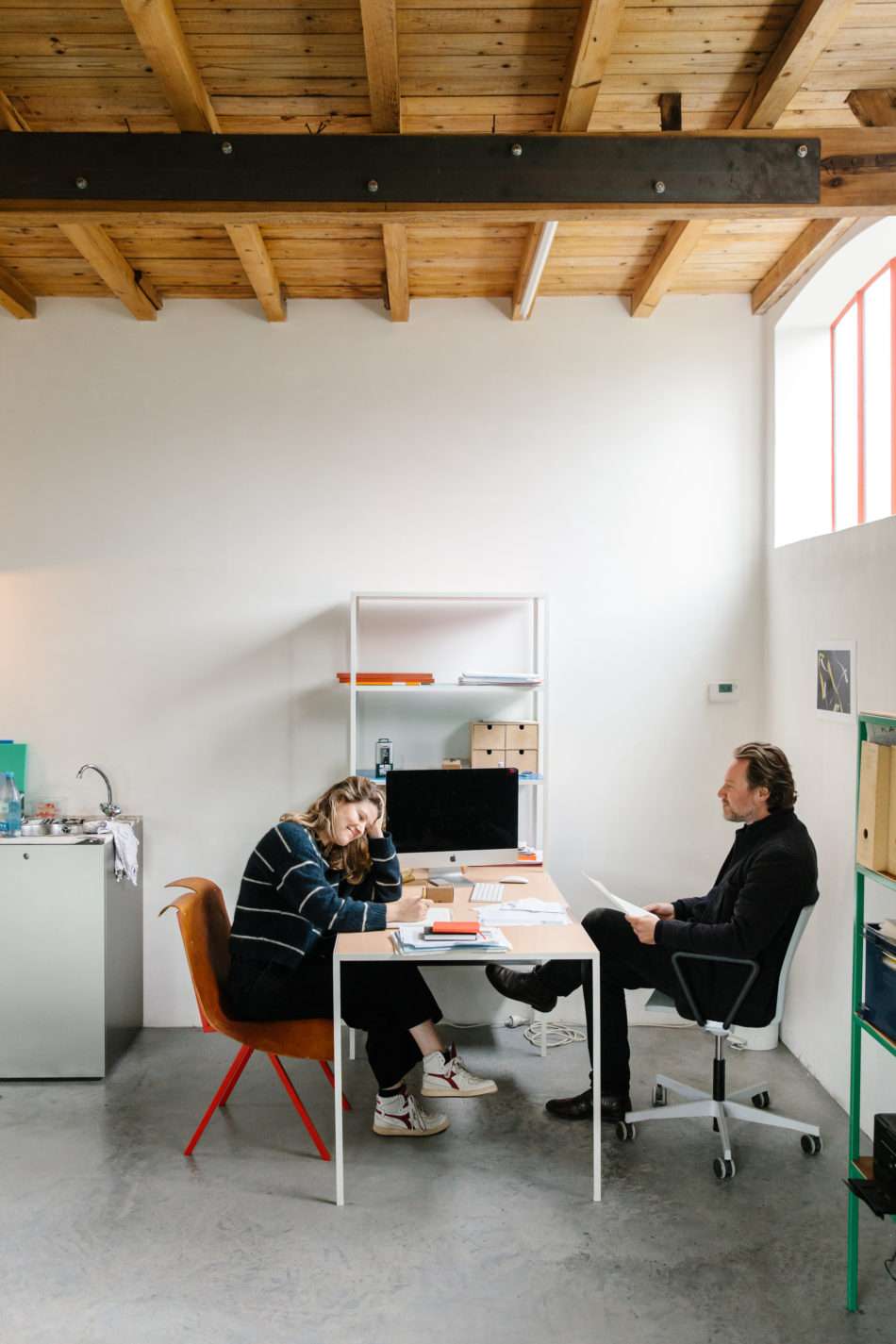
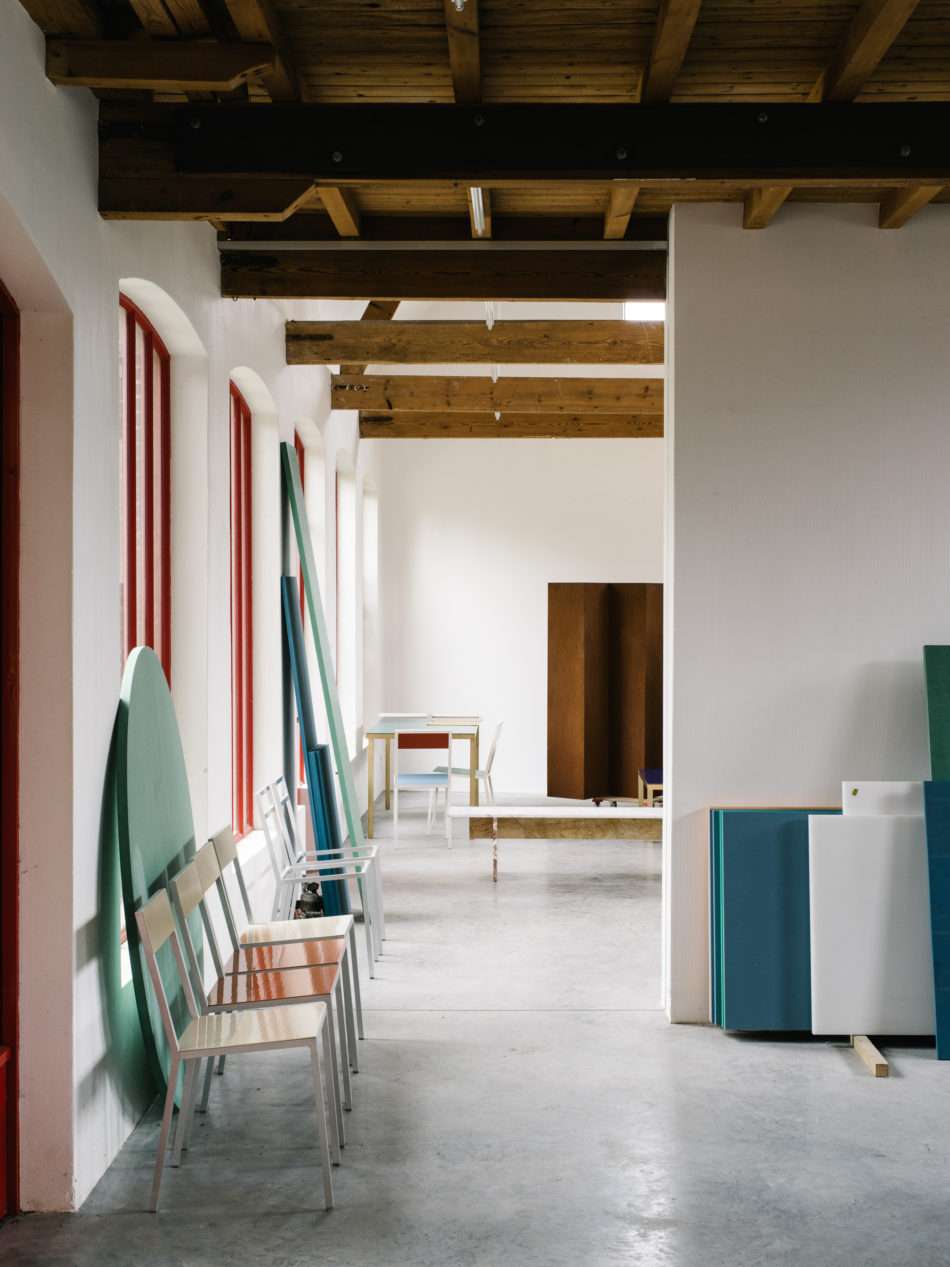
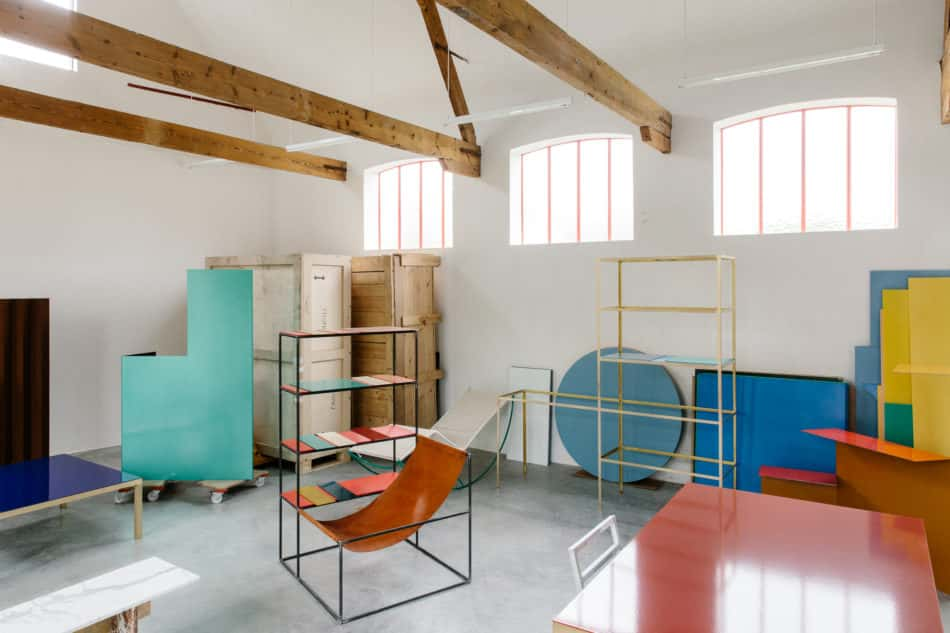
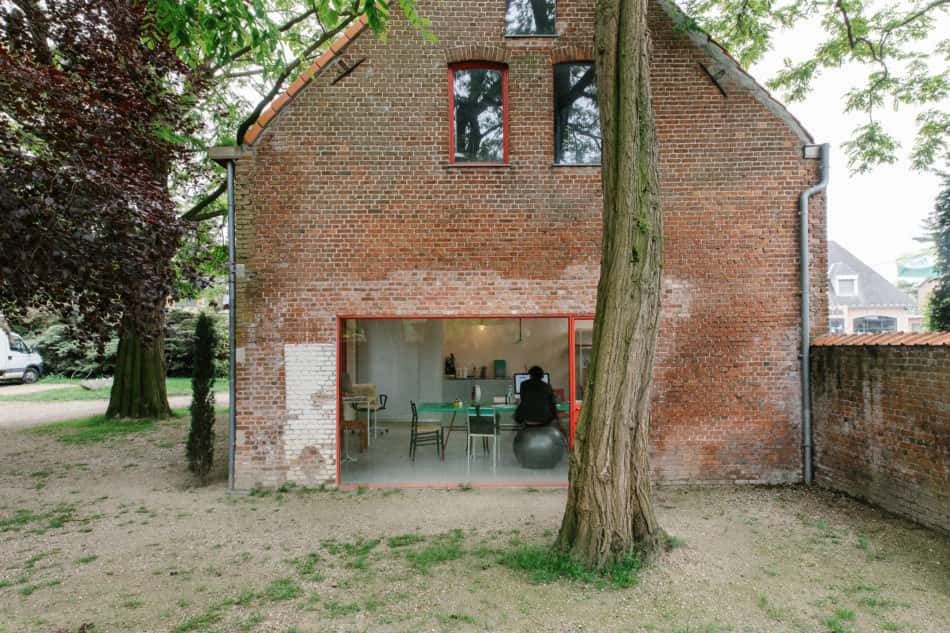
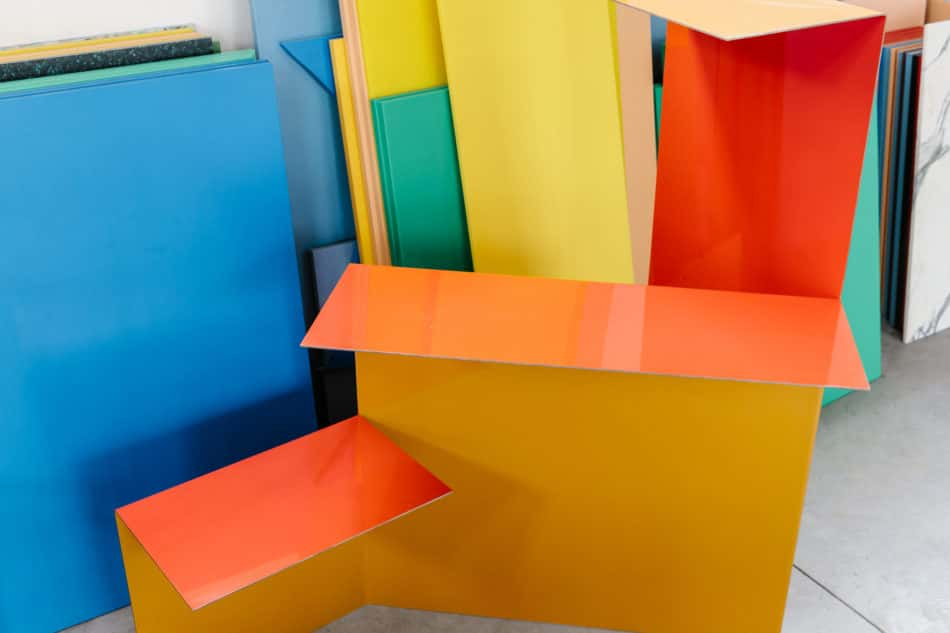

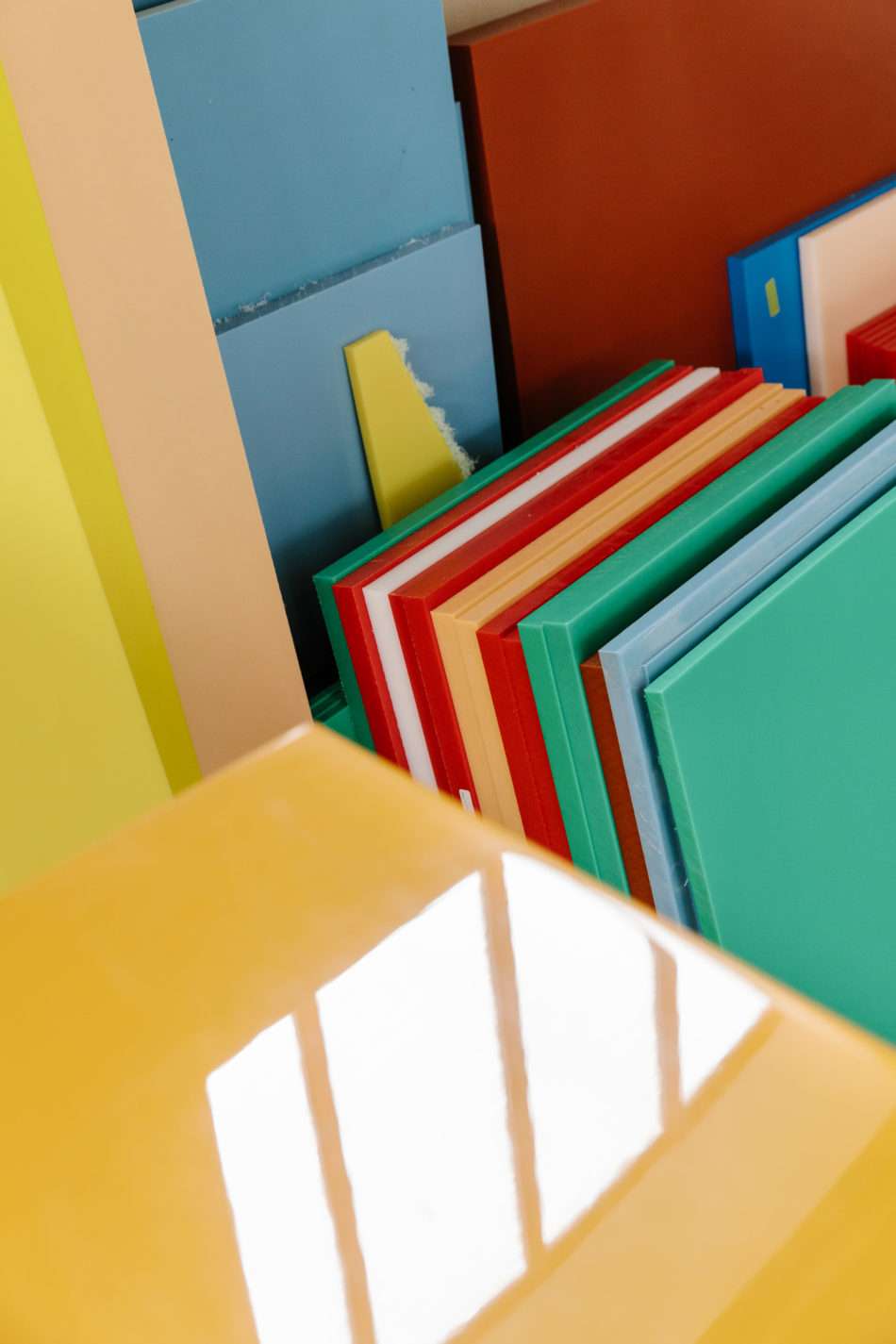
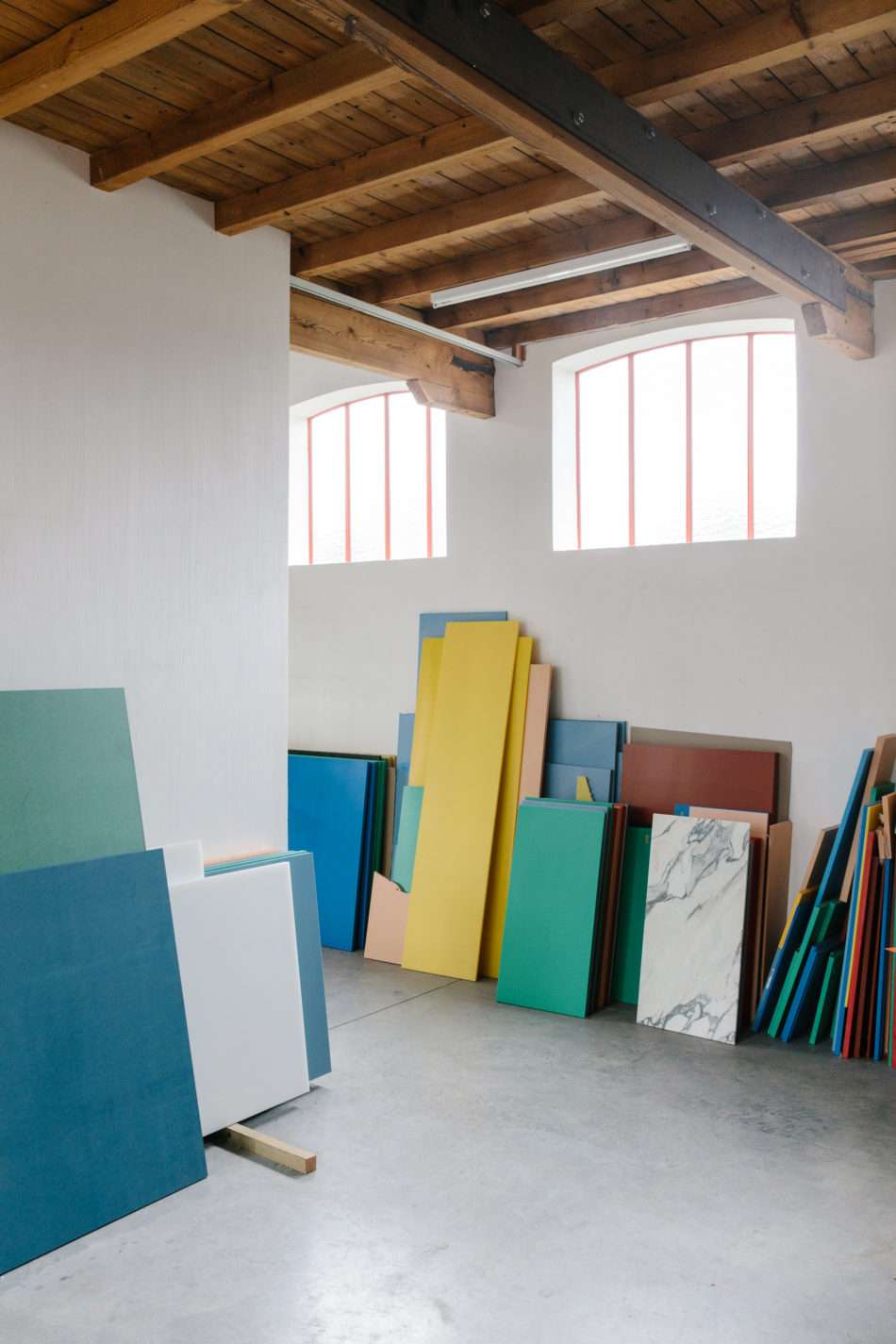
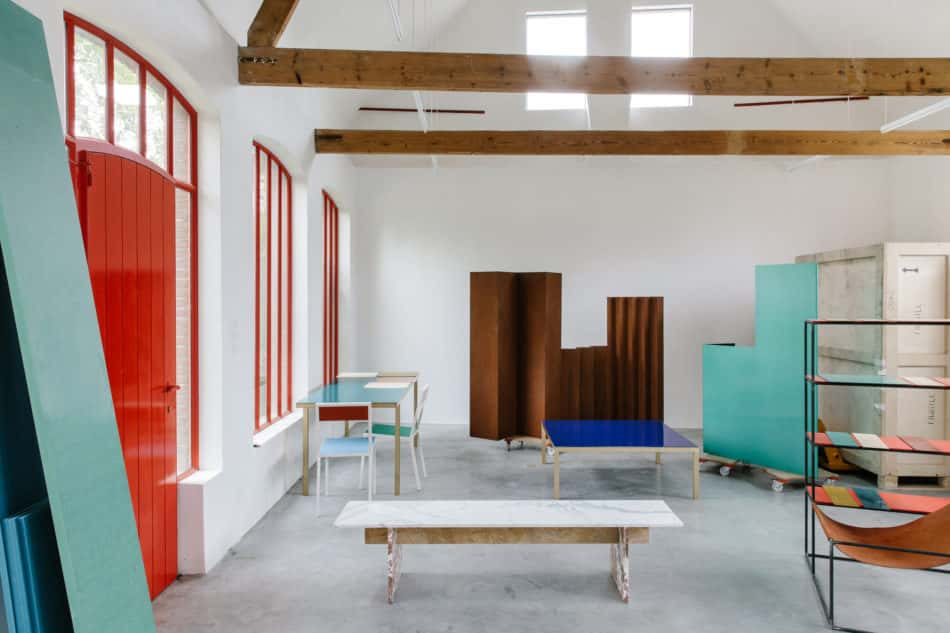
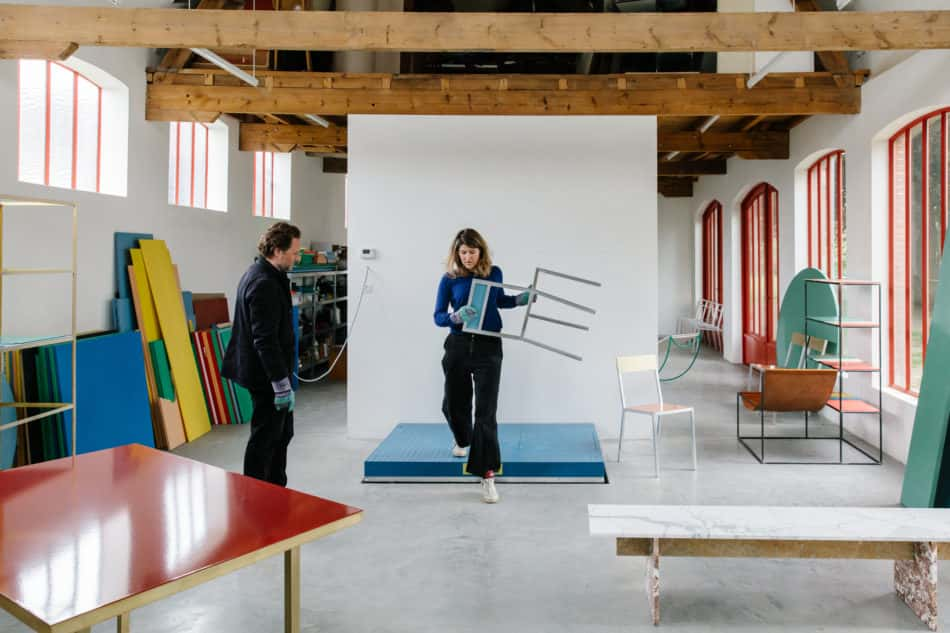
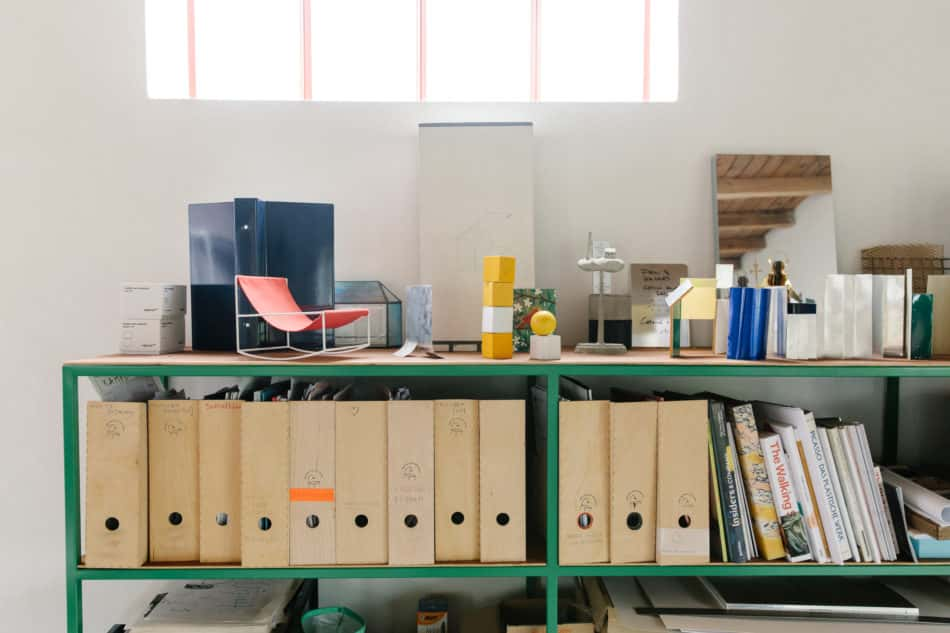
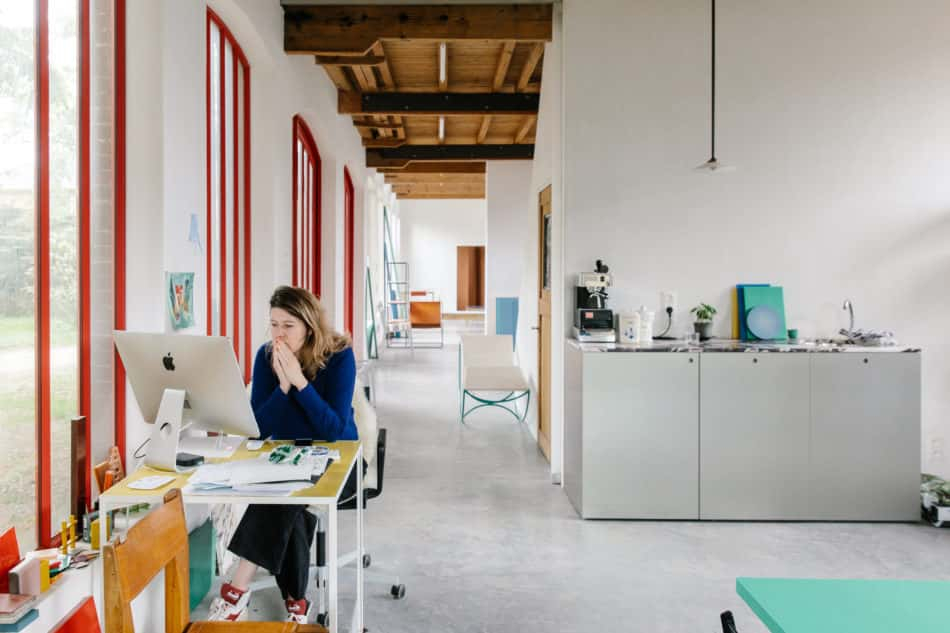
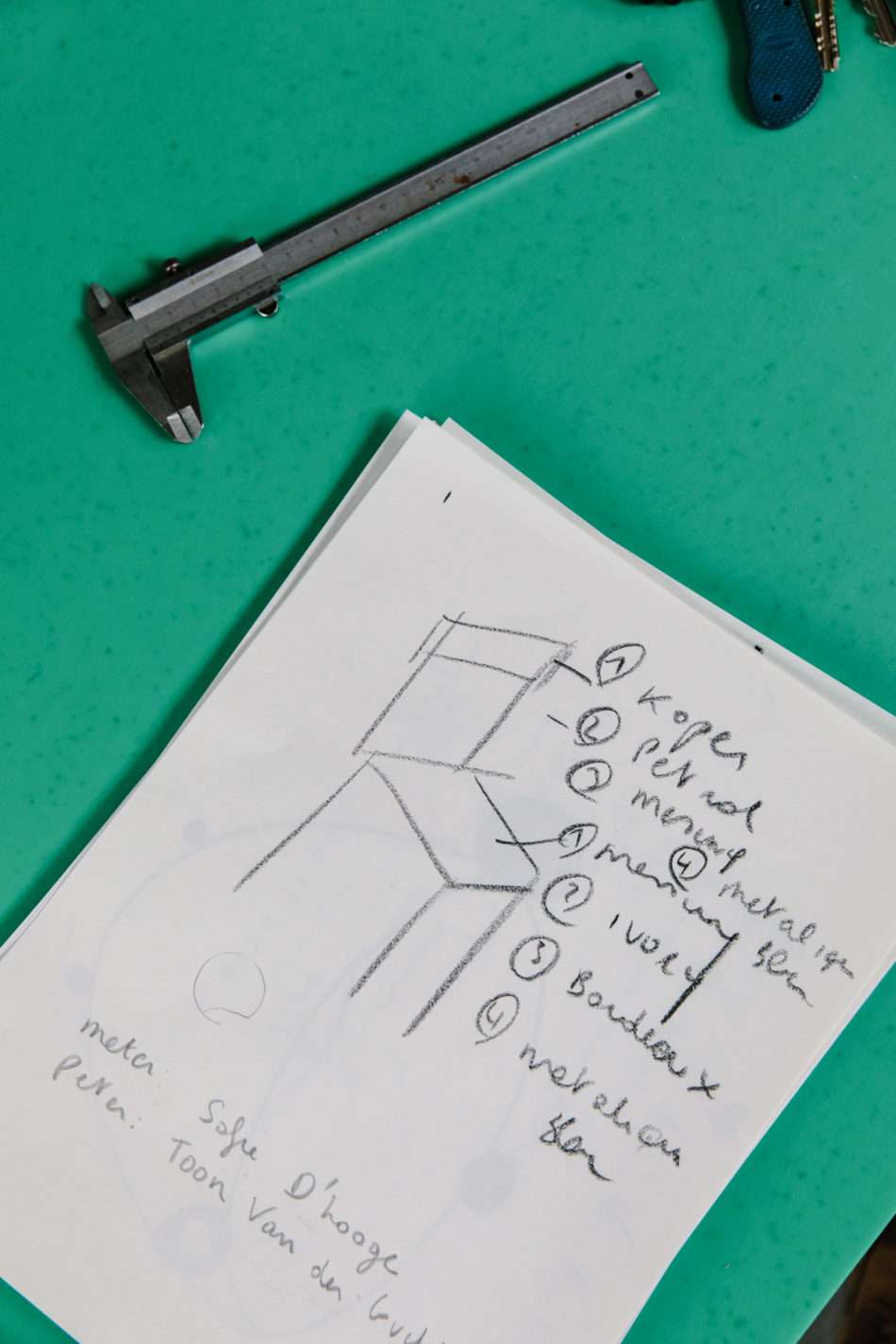
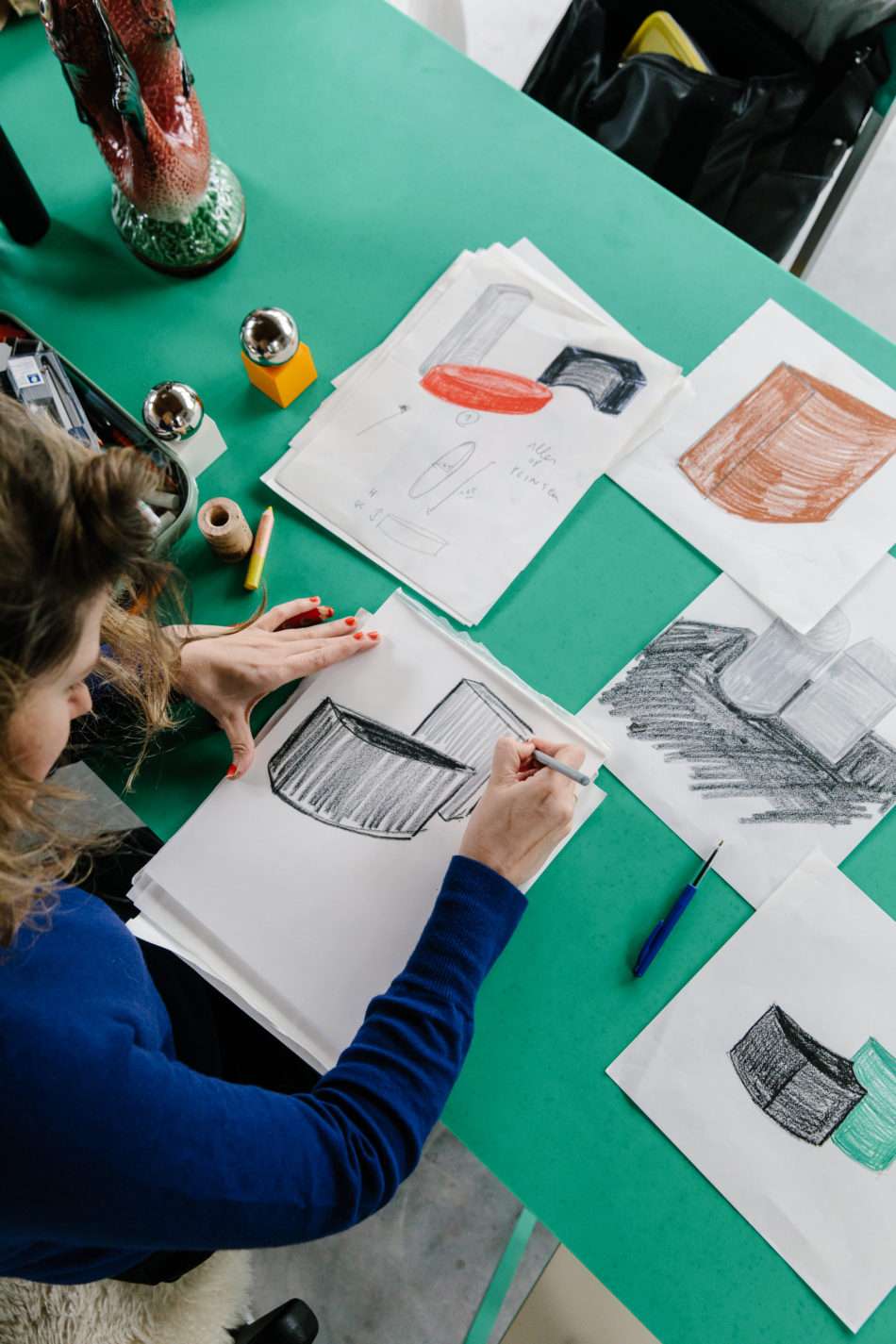
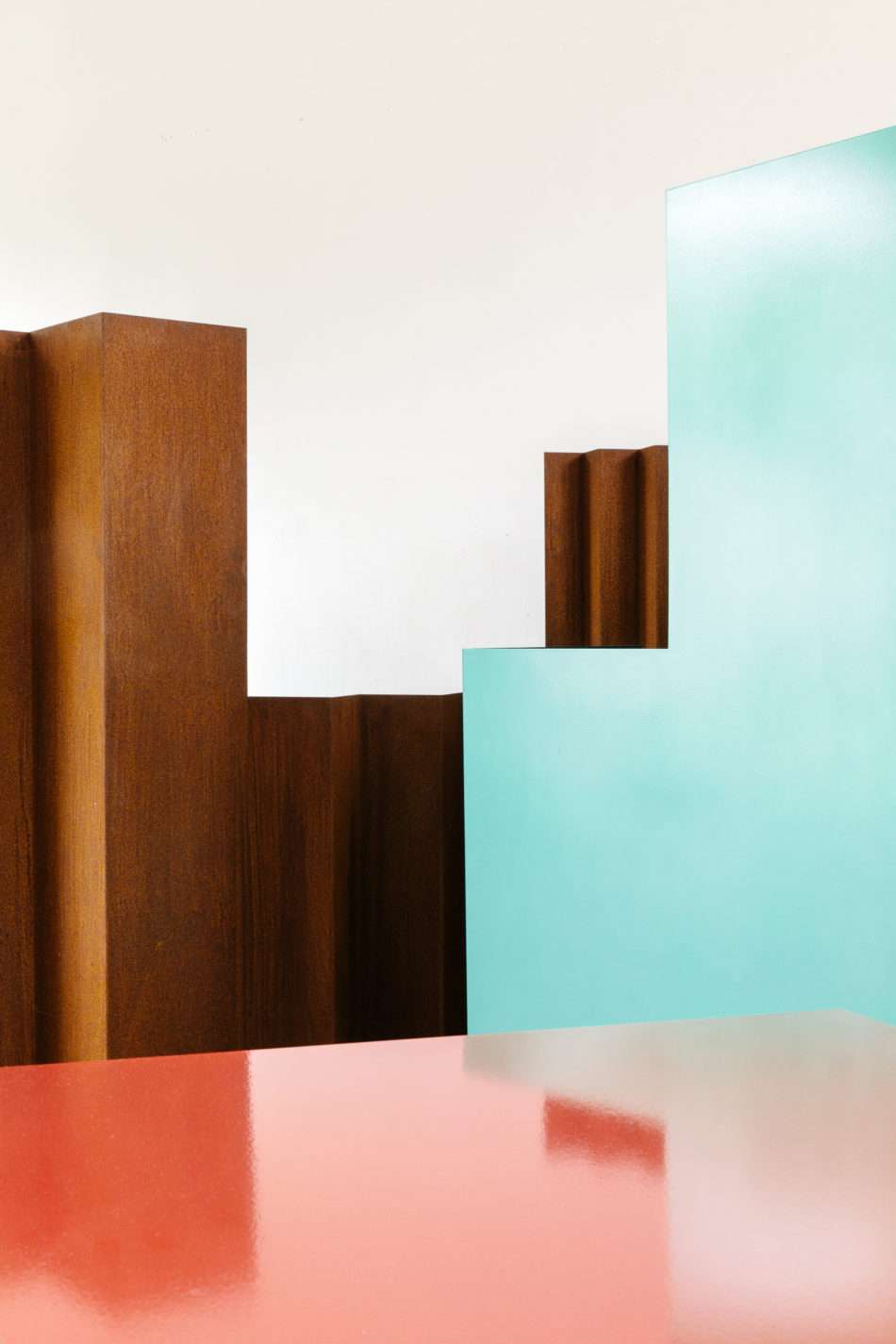

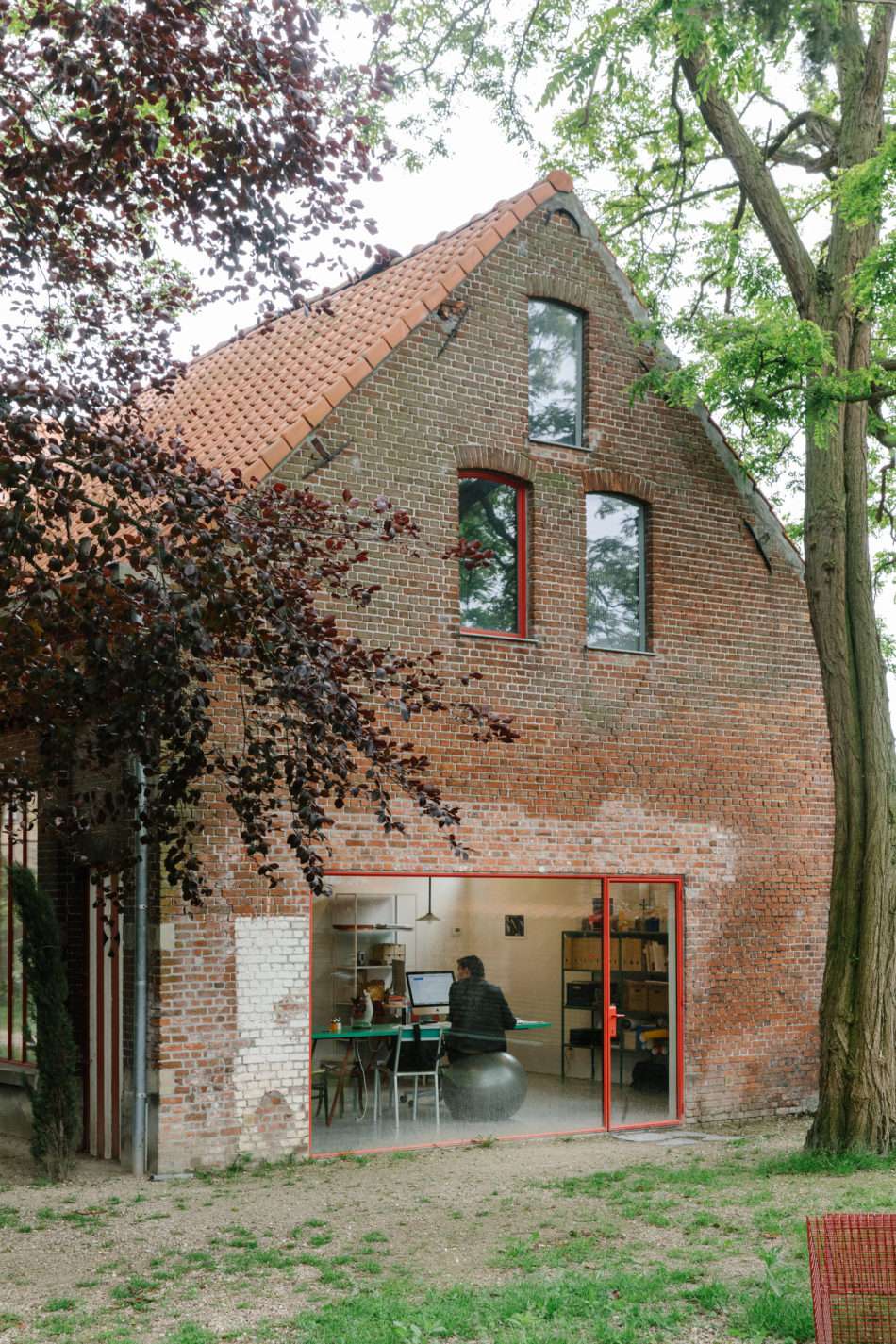
If we’ve learned one thing about the Belgians after putting together a series on the design, art and lifestyle scene in Ghent and Antwerp it’s that they appear to have an in-built aversion for defining things too strictly. At Valerie Traan, the boundaries between art, architecture and design, as well as home and work, are left amorphously open – in just the way gallerist Veerle Wenes prefers – and at Graanmarkt 13, little demarcates the possibilities to dine, shop and stay under one roof. For Fien and Hannes of Muller van Severen, the interactions between work and life, home and studio, and art and design are as constant as they are blurred.
The pair first joined creative forces to make an inaugural collection for Valerie Traan in 2011, and instantly caught the design world’s attention with their furniture and objects that appear as ingenious investigations into form, colour and materiality. Their work, which spans irregularly-shaped chopping boards, Po-Mo-seeming salt and pepper shakers and hammock-esque seating, is at once sophisticated, elemental and playful, existing – in typical Belgian fashion – without clear categorisation.
Here, we meet the couple at their home
and studio in Ghent, to hear about the flow of ideas between their home and
studio, their design process, why they feel objects have a character and how
they put together their interior.
Fien and Hannes, why is it important for you to have your home and studio close to each other, and can you explain how your work and life feed into each other?
Fien: “The things we live with are very inspiring for us, I think. That’s why it’s important for our home to be next door to our studio, because we want to make work that is inspired by ideas we have in the home, and it’s also why we are constantly moving from the house to the studio.
“But for us, it’s not like influence flows from one object to the other. It’s more like the inspiration from a lot of pieces, a lot of objects. You live with and look at objects for a long time, so it’s more the cumulative influence of everything in our environment. That can also mean ugly things, which we love because they might be strange or they have an interesting story, so for certain reasons we want to live with them.
“It’s a little bit like what we do in the studio is the investigation. Then, we can try things out in the house – it’s a constant dialogue. We have the opportunity to leave our work very easily and go home, in a few seconds. For me, that’s a great luxury to have. When you don’t have to stop working to travel home, but that you can also stop and come back to it, it’s a great thing. It’s very nice.”
How would you describe your home interiors?
Hannes: “We designed the space along with the architect Élise Van Thuyne, who also helped us with our studio. We fill our house with a combination of things I love, Fien loves, and the kids love, so it’s a portrait of our family.
“But it’s also not all rational. It’s coming from our instinct, and it changes over the years. If you see pictures of our living room from ten years ago, you would feel like we were leaner; you can see it.
“As you get older, I think it becomes more fluent, and you think less about, ‘What does this look like next to this?’, which I think makes things more interesting. It’s more mature, and I like our house more now than I did ten years ago. But also we’ve created more. When we finish pieces, we’re always keen to get them into the house to live with them, because we find that important.”
Do you think it’s important to acknowledge the differences between art and design in your work?
Hannes: “The distinction between art and design is not relevant. I don’t decide what I make: if it’s art or design. I think we make things that are more like objects you can use, but we also try to make things that have a sculptural feeling, and have tactile qualities, that have a nice materiality. In that way, people could say it becomes more like sculpture, but I don’t say that it is. I don’t want to compare art and other things because everything is different.”
Fien: “We are educated as artists, but we make mostly
furniture. So, for sure, we are on the boundary of those two disciplines but
actually we want to make work that’s as functional as we can – you have to sit
on a chair, first and foremost. But, because of our background, we work in the
same way as before, when we were artists.”
Hannes: “In our visual art work, we didn’t have to be aware of a function – we could do anything we wanted. But making furniture now is in some way liberating because I like to have some kind of boundary. In my visual work, I was already working with common, everyday objects, so it feels like a natural progression to make furniture.
“It’s also really important that we give
people the freedom to decide what our work is, and how it’s used.”
And which way do you decide?
Hannes: “Well, in our living room now, in the central focus of the room, we have a small sort of installation of our work, with a chair, lamp, wrack and table, all together, and it’s very sculptural. The objects we put on the furniture make the pieces like a statue for our personal things. You can still see the rest of the room through it, though, so the architecture and the furniture have a relationship with each other, which is about transparency.
“For me, if we put a sculpture there
with no function instead of that piece, I would have the same feeling. I’m
attracted to the visual qualities of objects more than the conceptual ideas
behind them, which is why I think we’re able to make pieces that have a function.
“On the other hand, I like to make pieces that have a romance about them. It’s sometimes very difficult to explain all those things because we are really working from our instincts. Afterwards, you can say a lot about the pieces and determine where it came from but when we are doing it, it doesn’t make sense.”
Objects obviously have a deep significance in your life, what attracts you to them and where do you source them for your home?
Fien: “I sometimes notice when I’m somewhere like a flea market that objects are almost looking at me. It’s a strange thing. We are surrounded by lots of objects, and that’s how we want to assemble our interior: it’s all about the objects and how they react to each other.
“When you go into someone’s home and see their objects, you get a sense of their personality – it’s a way of connecting to people. So, beyond the aesthetic properties of an object, we’re interested a lot in the emotional attributes.
“We’ve received a lot of stuff too. My
father is an artist, Hannes’ father and grandfather are artists, so we have a
lot of family paintings, sculpture and design things in the house too. So, it’s
very layered, in a way.”
What does your working day in the studio look like?
Hannes: “Because we have children, our days are quite fixed around that. They go to school, and we get on with our work. Working as an artist or a designer never stops – you are constantly seeing things, and absorbing ideas. Sometimes, at a certain moment, those things come together, and you create something, which is a very interesting process.
“It’s not always creating because we
have other things to do, but we’re in a constant creative conversation with
each other. It never ends, which is exhausting because you can never rest your
mind!”
Colour plays such an important role in your work – what’s your process for using it?
Fien: “Actually colour is important in our individual work, so it’s very natural for us to work with.”
Hannes: “Colour is like a form for us. If you have two of the
same chairs with two completely different colours, they have completely
different personalities and characters.”
Fien: “That is what colour can do. From the beginning, colour
is like a material for us – we don’t design the form of a piece and then add
colour, no, colour is in the process from the beginning. We constantly and
directly consider colour, so it’s always there.”
Hannes: “It also gives contrast to the background, and can give objects more presence. It accentuates the form, which is something we noticed when we made a kitchen for Reform, a brand that transforms IKEA cabinets. We chose colour options for the surfaces that can’t go wrong if you combine them, and, when you do combine them, they create different atmospheres, which could be very chic or more playful.
Fien: “The form doesn’t change at all, only the colour, and
that’s what we find interesting.”
